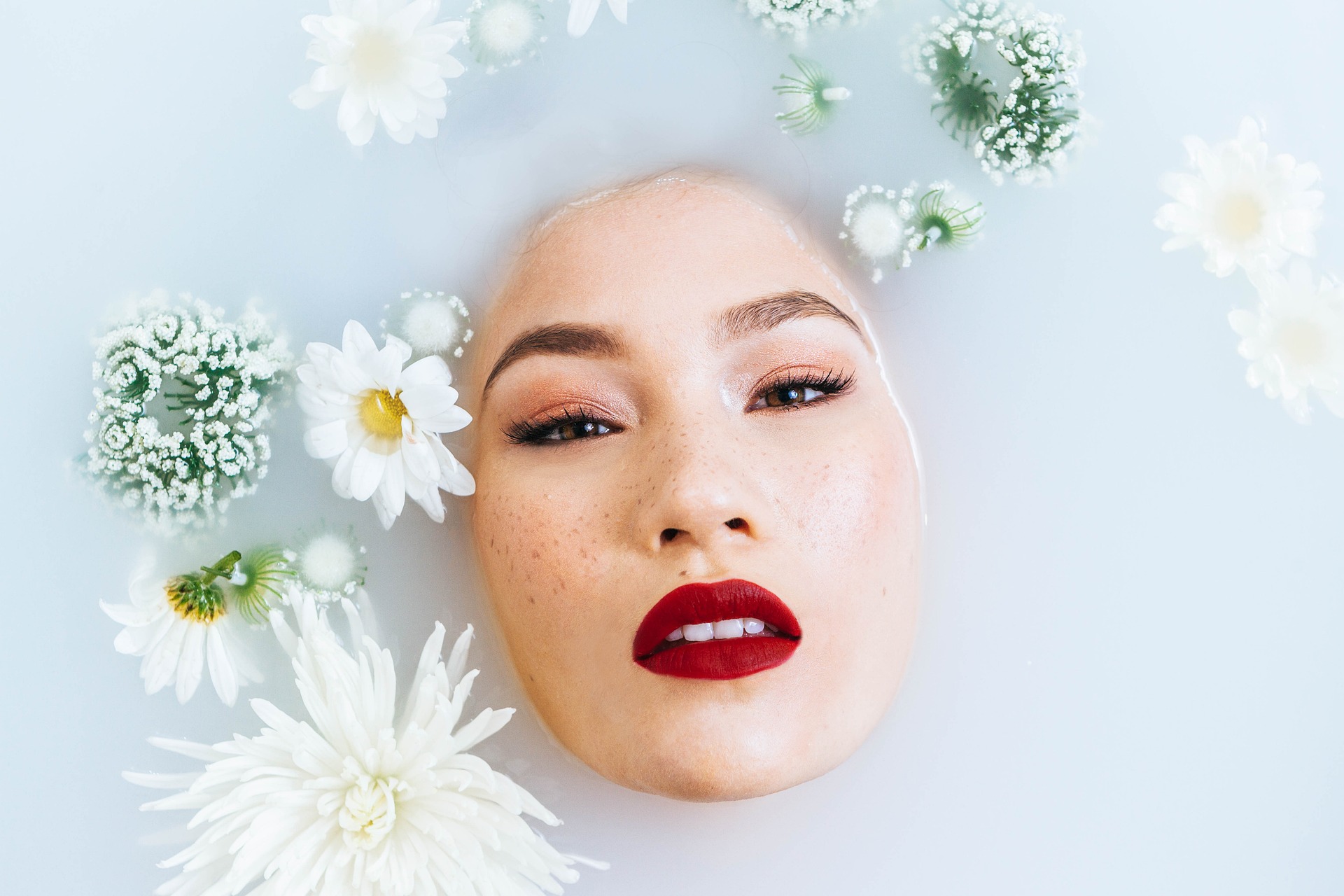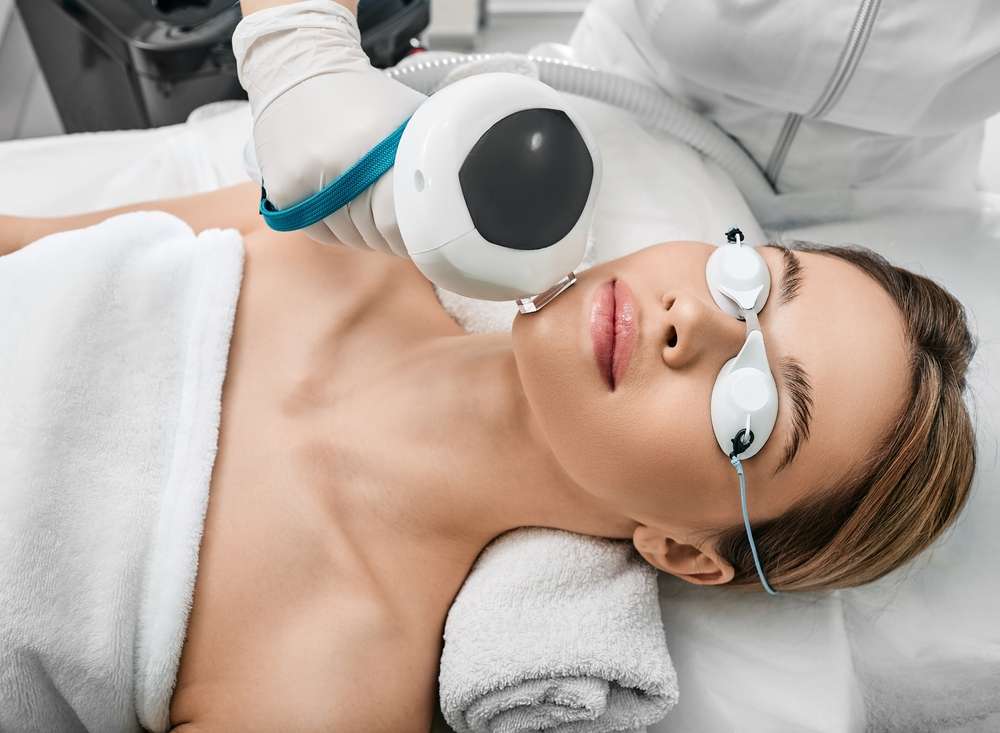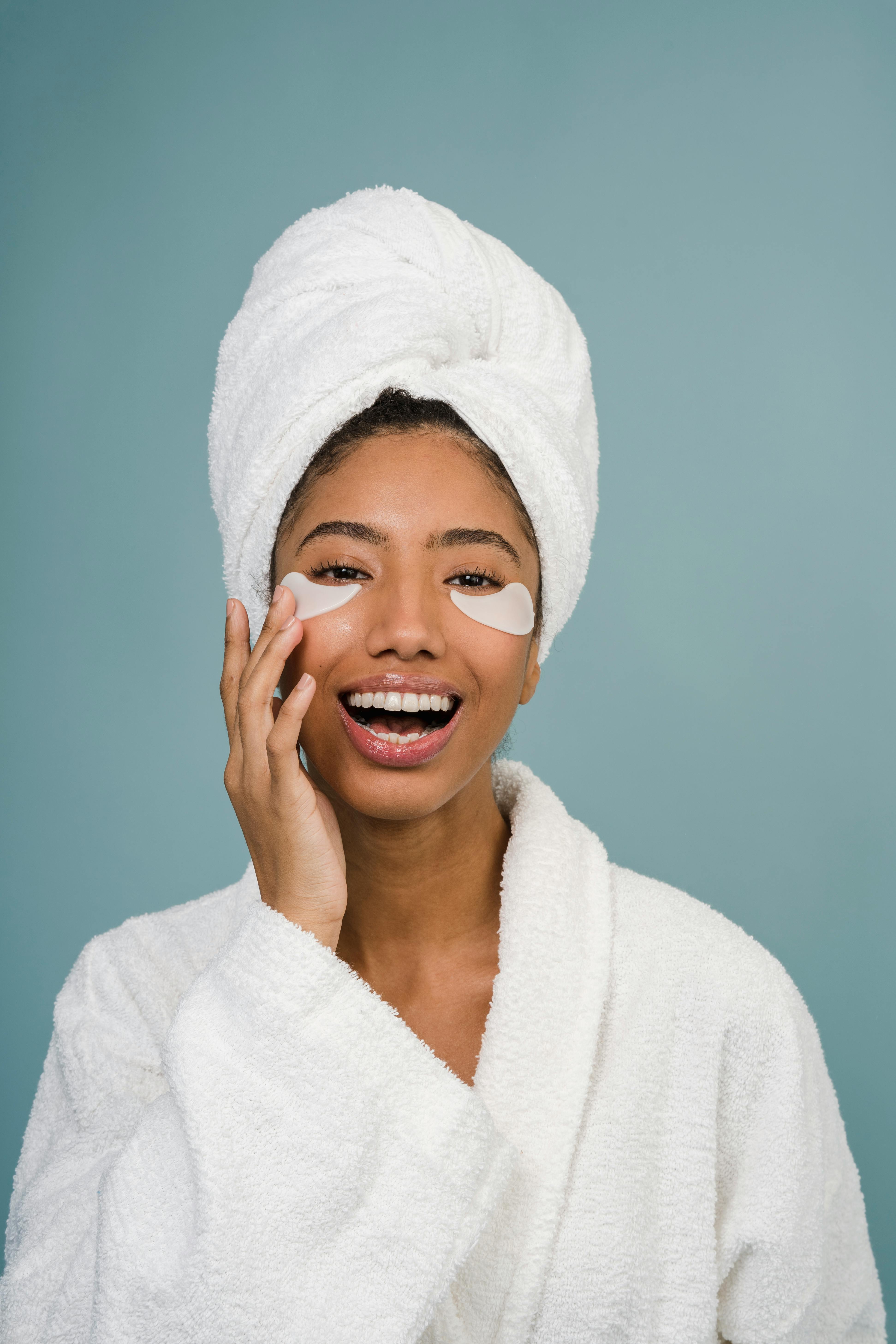The Power of Color in Beauty: A Study of the Psychological Impact
The world of beauty, a domain of constant evolution, has long been recognized for its ability to influence our perceptions and emotions. At the heart of this influence lies the power of color. From the deep, vibrant hues of eyeshadow palettes to the subtle undertones of a nude lipstick, color plays an instrumental role in the realm of beauty. It can evoke emotions, shape perceptions, and even alter moods. This article seeks to delve into the psychological impact of color in beauty, its historical context, current relevance, and the ensuing trends that have shaped the industry.

Historical Context: Color’s Role in Ancient Beauty Rituals
Historically, color has been a crucial element of beauty rituals in numerous cultures. In Ancient Egypt, for instance, both men and women used cosmetics prolifically. The iconic black kohl eyeliner, made from a mixture of metal, lead, copper, ash, and burnt almonds, was used not just for aesthetic purposes, but also to protect the eyes from the harsh desert sun. The Egyptians also used red ochre as a lip and cheek stain, believing that this vibrant hue brought good luck.
Similarly, in Ancient Greece, women would lighten their skin using white lead, symbolizing purity and virtue. They would then apply crushed mulberries to their cheeks and lips for a pop of color, representing youth and vitality.
In both of these instances, color went beyond mere aesthetics—it carried deep cultural and symbolic significance.
Color Psychology in Modern Beauty
In the modern world, color psychology, a branch of psychology studying how color influences human behavior and decision-making, has permeated the beauty industry. Brands often utilize color psychology to market their products effectively.
For example, red, a color associated with passion and power, is often used in lipstick shades to project confidence and boldness. On the other hand, blue, a color associated with calm and tranquility, is commonly used in skincare packaging to evoke feelings of relaxation and peace.
Moreover, the trend of color-correcting makeup is a testament to the practical application of color theory in beauty. Green concealers are used to neutralize redness, while peach or orange correctors are used to combat dark circles, demonstrating how color can impact the perception of our skin’s appearance.
The Impact of Color Trends
Color trends in the beauty industry often mirror societal shifts and cultural changes. The bold neon eyeshadows and bright blush of the 80s reflected the decade’s vibrant, excessive ethos. The grunge-inspired dark lipsticks and smoky eyes of the 90s symbolized a generation’s rebellion against traditional beauty standards.
In today’s era of individuality and self-expression, we see a rise in unconventional makeup colors, such as blues, greens, and purples, that challenge the conventional notions of beauty. The trend of ‘mood makeup,’ where one uses colors to express or influence their emotional state, is gaining traction, further emphasizing the psychological impact of color in beauty.
Reception and Influence
The psychological power of color in beauty has not been lost on consumers. Many people feel empowered by the ability to use color to express their identity and emotions. The rise of color-focused beauty brands, like Fenty Beauty with its diverse range of foundation shades, and the success of color-driven marketing campaigns, like MAC’s iconic Viva Glam lipstick line, demonstrate the consumer’s appreciation for the power of color.
Furthermore, the discussion around color in beauty has broadened to tackle issues of representation and inclusivity. The demand for a wider range of foundation shades to cater to all skin tones has highlighted the need for diversity in the industry.
The Future of Color in Beauty
As our understanding of color’s psychological influence deepens, its application within the beauty industry will continue to evolve. The beauty world will likely see an even greater emphasis on personalized color cosmetics, designed to match individual skin undertones and color preferences.
Moreover, advancements in technology could further revolutionize the role of color in beauty. Imagine a world where AI could predict the best color palette for your mood or skin tone, or augmented reality could allow you to test and adjust makeup colors in real-time.
In conclusion, the power of color in beauty extends far beyond surface aesthetics. Its psychological impact has shaped the beauty industry’s history, influenced current trends, and will continue to dictate its future. As our understanding of this power grows, so too does the potential for innovation and evolution within the beauty world.




